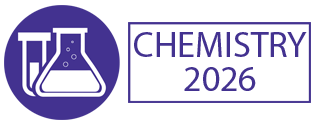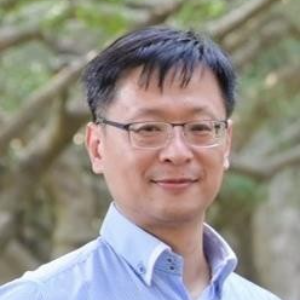Title : Nickel single atoms enhance graphitic carbon nitride for superior photo-electrocatalytic hydrogen evolution
Abstract:
In this study, we propose to use g-C3N4 as a carrier to chemically mobilize metal atom nickel on g-C3N4. The composites were then used to prepare electrodes, and the photoelectric catalyst was activated by applying a constant potential (−0.10 V vs. RHE, no IR compensation). Through detailed property analysis by X-ray absorption spectroscopy (XAS), X-ray photoelectron spectroscopy (XPS), photoluminescence (PL), thermogravimetric analysis (TGA) and cyclic voltammetry (CV), we showed that the Ni modified on g-C3N4 is single-atom-loaded onto g-C3N4 to form the active center of the photoelectric catalyst. The catalysts were tested by HER activity. The best-performing catalyst has a Ni load of 23 mg/cm2 on the electrode, with a weight percentage of 2.6%. Under acidic conditions, at η = 50 mV, the turnover frequency for photoelectric catalysis is ~17.3 H2/s. The reaction mechanism of this series of catalysts for HER exhibits a Tafel slope of ca. 50 mV/dec in the low-potential region, and the Heyrovsky reaction is the rate-determining step. The photoelectric catalyst (Ni/g-C3N4) exhibits high stability during long-term HER process. The decline rate after 1000 cycles of HER is less than 5%. Compared with Pt atoms supported on carbon materials, the cost of Ni/g-C3N4 catalysts shows strong competitiveness in the HER process.
Audience Take-Away:
- The audience can gain insights into the feasibility of using sparse atomic catalysts for catalytic reactions.
- Understanding evaluation methods for hydrogenation reactions.
- Catalyst design concepts applicable to other heterogeneous catalysts.




